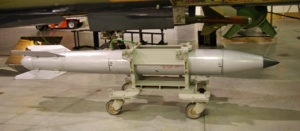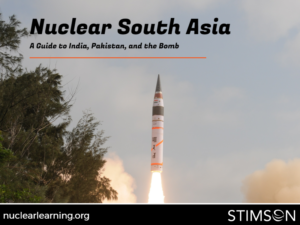Travis Wheeler is a Research Associate in the Stimson Center’s South Asia Program, where he manages Stimson’s Nuclear Learning initiative. His research focuses on deterrence, geopolitics, and maritime issues in South Asia and the Indo-Pacific. Wheeler co-edited The Lure and Pitfalls of MIRVs: From the First to the Second Nuclear Age and is a co-editor of the Off Ramps Initiative as well as “Southern (Dis)Comfort,” a Stimson series in partnership with War on the Rocks that unpacks intensifying strategic competition in Southern Asia. His analysis has appeared in The Diplomat, The Fletcher Forum of World Affairs, and War on the Rocks. Wheeler was previously a member of the Center for Strategic & International Studies’ Nuclear Scholars Initiative. Prior to joining the Stimson team, he served as a Senior Policy Advisor at The Institute for Inclusive Security, a Junior Research Fellow at the Center on National Security at Fordham Law, and an independent consultant at Monitor 360, and completed a graduate internship at the New York City Police Department. Wheeler earned an M.A. in Law and Diplomacy from The Fletcher School and a B.A. in Political Science from DePaul University.
- Find ResearchResearch, programs and projects, events, and institutional information.Find ExpertsStaff and affiliates by name or research area.




